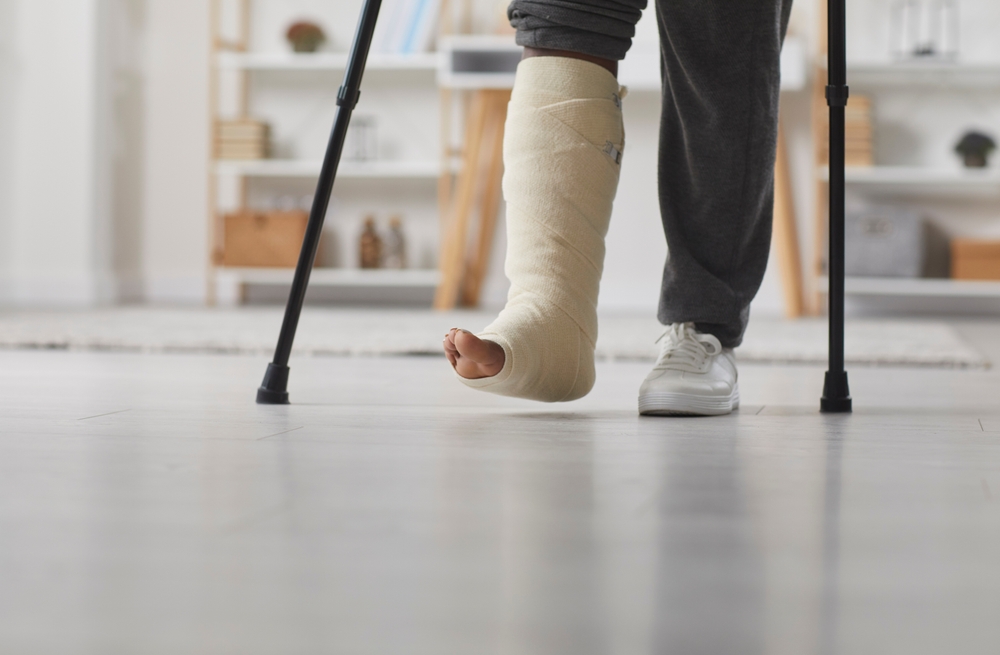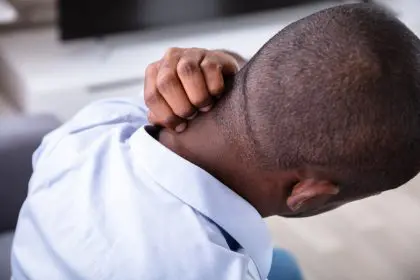Rehabilitating an Achilles tendon injury is a daunting challenge faced by many athletes and individuals who experience this type of injury. The Achilles tendon, the largest and strongest tendon in the human body, plays a crucial role in our mobility. It connects the calf muscles to the heel bone, enabling us to walk, run, and jump. The road to recovery can be long and difficult when this tendon is injured, whether through rupture, tendinitis, or other issues. This article will explore why Achilles tendon rehabilitation is tough, delving into the anatomy of the tendon, the nature of the injuries, and the rehabilitation process. Understanding these factors is essential for those undergoing rehabilitation and those supporting them through this challenging journey.
The anatomy and function of the Achilles tendon
The Achilles tendon is a fibrous tissue that connects the gastrocnemius and soleus muscles in the calf to the calcaneus (heel bone). This tendon is crucial for various movements, including walking, running, and jumping, as it allows the heel to lift off the ground. Despite its strength, the Achilles tendon is susceptible to injuries due to its limited blood supply and the significant stresses placed on it during physical activities.
Common injuries to the Achilles tendon
Achilles tendon injuries can vary in severity, from mild tendinitis to a complete rupture. Some of the most common injuries include:
- Achilles tendinitis: This condition involves tendon inflammation due to overuse or repetitive stress. It is often seen in athletes who increase their activity level too quickly.
- Achilles tendinosis: Unlike tendinitis, tendinosis is a chronic condition characterized by degeneration of the tendon fibers without significant inflammation. It can result from untreated tendinitis.
- Achilles rupture: A rupture occurs when the tendon fibers tear completely, often accompanied by a popping sound and immediate pain. This injury typically requires surgical intervention followed by a lengthy rehabilitation process.
The challenges of Achilles tendon rehabilitation
Rehabilitating an Achilles tendon injury is particularly tough due to several factors, including the nature of the tendon itself, the severity of the injury, and the demands of the rehabilitation process.
Limited blood supply
The Achilles tendon has a limited blood supply, which hinders its ability to heal quickly. Blood flow is essential for delivering nutrients and oxygen to the injured area, promoting tissue repair and recovery. The reduced blood supply means that healing processes are slower, making rehabilitation more challenging and prolonged.
High levels of stress and load
The Achilles tendon endures significant stress and load during everyday activities such as walking, running, and jumping. After an injury, gradually reintroducing these activities without overloading the tendon is crucial. This delicate balance is difficult to achieve and requires careful monitoring and adjustment throughout rehabilitation.
Risk of re-injury
One of the most significant challenges in Achilles tendon rehabilitation is re-injury risk. Prematurely returning to high-impact activities or failing to adhere to a structured rehabilitation program can result in setbacks. The tendon needs time to regain its strength and flexibility, and rushing the process can lead to further damage and prolonged recovery.
Pain management
Pain is a common and persistent issue during Achilles tendon rehabilitation. Managing pain effectively while ensuring the rehabilitation exercises are performed correctly can be a delicate balance. Pain can limit the range of motion and affect the quality of movement, making it harder to progress through the rehabilitation stages.
The rehabilitation process
The rehabilitation process for Achilles tendon injuries is comprehensive and multifaceted, involving various stages that address different aspects of healing and recovery. A typical rehabilitation program includes the following stages:
Initial rest and immobilization
The first rehabilitation stage often involves rest and immobilization to allow the tendon to heal. This period may include using a cast, brace, or walking boot to minimize movement and protect the tendon from further damage.
Controlled exercises
Once the initial healing phase is complete, controlled exercises are introduced to restore strength and flexibility to the tendon gradually. These exercises typically start with low-impact activities such as range-of-motion exercises, stretching, and isometric contractions. Progression to more dynamic activities is made as tolerated and under the guidance of a physical therapist.
Strengthening and conditioning
As the tendon heals and becomes stronger, more challenging exercises are incorporated to improve strength, endurance, and overall conditioning. This phase may include resistance training, eccentric loading exercises, and functional movements that mimic daily activities and sports-specific tasks.
Gradual return to activity
The final stage of rehabilitation involves a gradual return to full activity. This phase requires careful monitoring to ensure that the tendon can handle increased stress and load without risk of re-injury. A structured and progressive approach is essential, often involving a return-to-sport protocol for athletes.
Psychological factors in rehabilitation
Rehabilitating an Achilles tendon injury is not just a physical challenge; it also involves significant psychological factors. The long and often painful recovery process can take a toll on mental health, leading to feelings of frustration, anxiety, and depression. Addressing these psychological aspects is crucial for a successful rehabilitation outcome.
Motivation and adherence
Maintaining motivation and adherence to the rehabilitation program is a common challenge. The slow progress and setbacks can be disheartening, making it difficult to stay committed to the exercises and lifestyle modifications required for recovery. Support from healthcare professionals, family, and friends can play a vital role in keeping motivation levels high.
Fear of re-injury
Fear of re-injury is a significant psychological barrier that can affect rehabilitation. This fear may lead to protective behaviors, reduced effort in rehabilitation exercises, and reluctance to return to previous activity levels. Psychological support and gradual exposure to activities can help overcome this fear and build confidence in the healed tendon.
Conclusion
Achilles tendon rehabilitation is a tough and demanding process that involves addressing both physical and psychological challenges. The limited blood supply to the tendon, the high levels of stress it endures, the risk of re-injury, and the pain management issues all contribute to the complexity of rehabilitation. A structured and comprehensive rehabilitation program, combined with psychological support, is essential for successful recovery. Understanding why Achilles tendon rehabilitation is tough can help individuals approach the process with the necessary patience, determination, and resilience needed to regain full function and return to their desired activities.
This story was created using AI technology.












